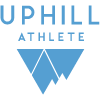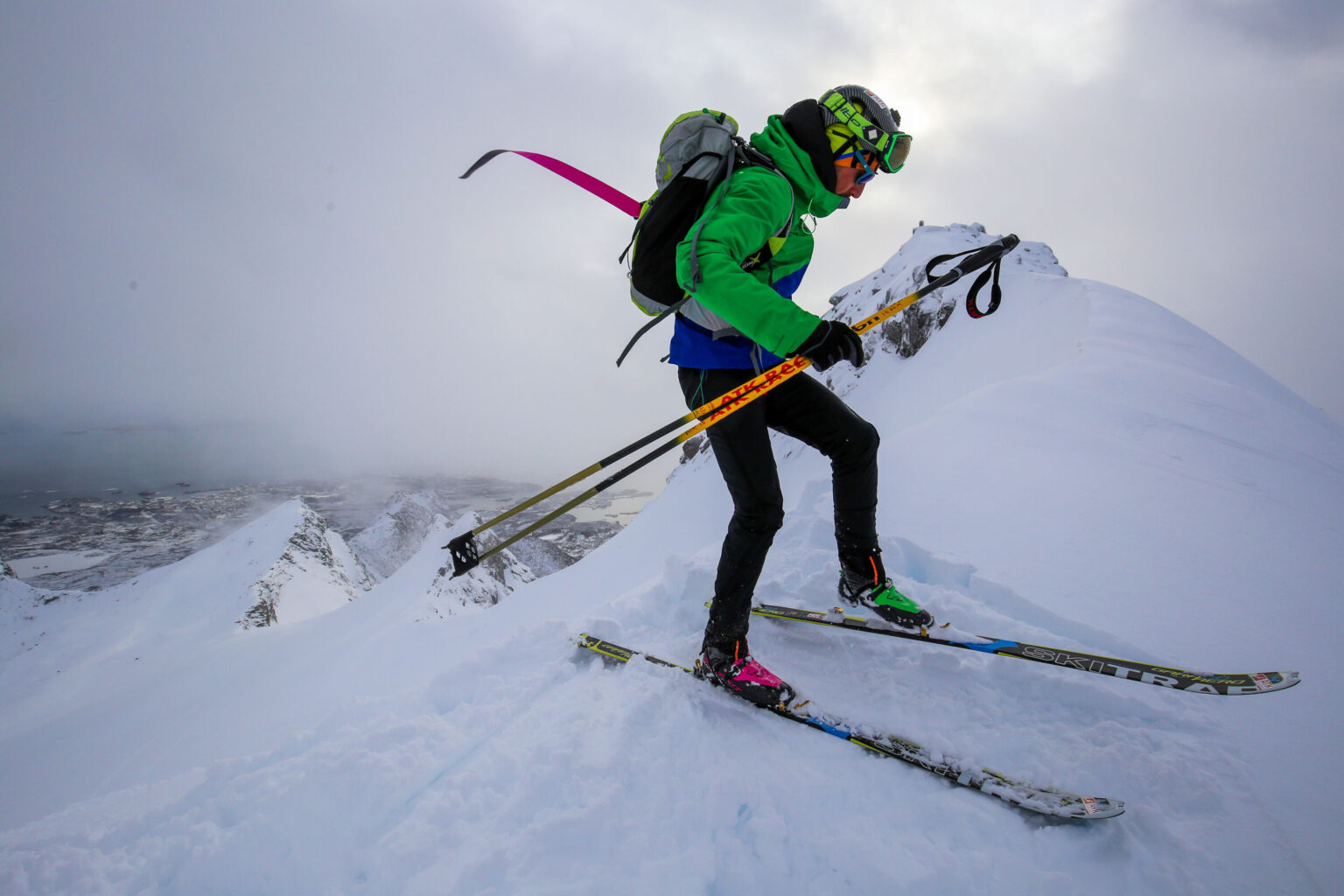As a lifelong skier and coach, I have seen one truth hold firm across disciplines: skiing, and particularly cross-country skiing, builds better athletes. This is not a metaphor. It is a biomechanical reality, a neurological advantage, and a metabolic foundation that extends into trail running, mountaineering, and any weight-bearing endurance sport.
Cross-country skiing is often called the most demanding aerobic sport, and that is true. But the real reason it builds such durable athletes is the combination of movement skill, strength, aerobic capacity, and spatial awareness it requires. A well-trained cross-country skier does not simply have big lungs and strong legs. They have mastered how to move efficiently through space.
This matters more than most runners, climbers, or mountaineers realize.
Classic Technique: The Model for Movement
When I start working with a new athlete, I don’t begin by asking about their weekly mileage or FTP. I ask about movement. Can you balance on one foot? Do you understand how your body moves through space? How well can you control the position of your hips and ankles under load?
Classic cross-country skiing is the gold standard for answering those questions. It rewards proper body alignment, stacked joints, ankle flexion, and powerful—but precise—application of force. If your weight is too far back, your wax won’t grip. If your hips collapse or your ankle doesn’t load under your center of mass, you lose power and efficiency. There is no way to fake it. You either have the technique or you don’t.
These lessons transfer. Trail runners who struggle on downhills often lack proprioception or the ability to remain stable while moving dynamically from foot to foot. Climbers who lose form late in the day are often missing foundational strength and posture. In both cases, classic skiing trains the qualities they need: upright posture under motion, body control, rhythm, and reactive strength.
The Athletic Foundation: More Than Aerobic
Nordic skiing, SkiMo, and backcountry touring all share a common thread. They reward complete athletes. We train these qualities intentionally:
- Balance and proprioception
- Coordination across limbs (upper/lower, contralateral)
- Ankle mobility and foot awareness
- Full-body strength, especially in the core and upper body
- Energy system range: from long aerobic base to VO2 max
One of the most important aspects of skiing is how multi-modal the training needs to be. It isn’t enough to run or bike. You need to build strength, mobility, and plyometric ability. This is true for SkiMo athletes, but it is also true for mountaineers preparing for long days with a heavy pack.
When I coach backcountry athletes or recreational ski tourers, we prioritize muscular endurance, ski-specific strength, and body position control. Being aerobically fit is necessary, but descending safely after a 5,000-foot climb requires leg strength and movement efficiency. The best endurance engine in the world won’t help you ski well if your legs are cooked at the summit and your form falls apart.
Training Progression: SkiMo, Cross-Country, and Backcountry
While the end goals vary, the training approach follows shared principles. All of these athletes need:
- A large aerobic base
- Threshold (lactate) development in the fall
- Periodized strength training
- Plyometrics and technique-specific movements
For SkiMo and cross-country racers, high-intensity intervals at VO2 max become essential closer to race season. We see more bounding, moose-hoofing, and ski imitation work once the aerobic base is in place. Plyometrics, upper-body strength, and fast cadence become key to performance.
For backcountry skiers and mountaineers, the emphasis shifts slightly. They still benefit from threshold work and strength development, but muscular endurance takes center stage. This includes carrying weight during uphill intervals, ski-walking drills, and strength circuits targeting the core, glutes, and quads.
We often incorporate work with a weighted pack and even consider the weight on the feet from heavier touring skis. These athletes need to be strong enough to ski down confidently and safely after long climbs. That durability is built in the fall with targeted work.
Technique is Not Optional
Skiing is an incredibly technical sport, and that is one of its greatest gifts to the broader mountain community. It teaches athletes how to move well. But too often, we act like mountaineering or trail running is “just walking” or “just running.” That mindset leaves performance—and safety—on the table.
Every athlete, regardless of discipline, should care about how they move. Your posture on the uphill matters. Your pole plant matters. Your ability to recover from a slip or shift weight efficiently from one leg to the other matters.
If you want to go longer, faster, or with less risk, you need to develop that awareness. Skiing teaches it. And if you approach your training with the same intention, your running or climbing will improve dramatically.
The Fall Training Window
For those preparing for winter, the preseason is now. Skiers at the World Cup level begin their training cycle in May. By October, they are layering in ski-specific intensity, bounding drills, and ski imitation workouts.
For recreational ski tourers or amateur SkiMo athletes, October and November are the time to develop sport-specific strength and reinforce movement quality. If you’re doing Chamonix Mountain Fit or another structured program, this is the phase to focus on strength, mobility, and dynamic control.
For aerobic training, consider ski walking and moose hoofing with poles. These drills simulate the motion and rhythm of classic skiing and translate directly to ski touring. Think of them as your “dryland skiing” sessions.
Let the Work Serve the Joy
We ski because it’s fun. The feeling of floating over snow, of linking movement with breath, of descending fast and free—that is what drives us. But the fun doesn’t come for free. It comes when you’re fit enough, strong enough, and skilled enough to be in control.
I coach athletes because I want them to have that experience. I want them to enjoy the mountains, not just survive them. I want them to be able to rip down a skin track after a long climb and smile the whole way down.
That’s why we train. That’s why we study technique. And that’s why skiing, even in its most technical form, remains one of the best foundations for a life in the mountains.

